According to the National Fire Protection Agency, the number of domestic fires in the US has been steadily increasing since the 90s.
Many reported house fires often lead to fire-related deaths or severe injuries that leave people scarred for life. Even with all the technology in fire suppression and early detection, people still have a lot to learn to protect their homes.
This topic is often overlooked, but it remains a critical subject when things take a turn for the worse, and you need to keep your family safe. In times of high distress, you have to make sure your home is well protected, especially if you live in an area prone to wildfires.
The harsh reality
You, like most others out there, have probably purchased and installed smoke alarms in your home. Even more, you probably have a small fire extinguisher in your kitchen to prevent those unexpected kitchen fires that can spread rapidly to the rest of the house.
The above fire-prevention methods are good precautions, but they are a small step in the right direction. That fire extinguisher is not a miracle tool, and in fact, it can only put out small fires and that only if you catch them in time.
Even more, these are some basic methods to protect your home if the fire happens to start inside the house. What happens if a fire starts outside your home? Are you prepared to deal with wildfires?
National Oceanic and Atmospheric Administration state that since 2010 the US is hit each year by devastating wildfire, and every fire season is more destructive than the last one. For example, since 2017, more than 40-million acres have been burned, and in California alone, more than 9,000 wildfires were reported, leading to millions in damage, and over 10,000 structures were burned.
Americans falsely believe that only the West Coast is subjected to devastating wildfires, and only those living there are at risk. While it may be true those people on the West Coast are more exposed, everyone living in a wooded area or the vicinity of one should consider the risks involving wildfires.
Learning to protect your home and belongings from wildfires should be a must on your agenda since even if you live in a residential area, you’re still at risk if a green belt surrounds your neighborhood. In some cases, fire can fall from the sky if a nearby forest is burning and is not just a script for a disaster movie. You cannot win against a wildfire burning at 1,500 F degrees as it approaches like a tidal wave engulfing everything in its path.
What to do to protect your home against fires
There are certain things you can do to delay the damage caused by fires or prevent it entirely.
Install a residential sprinkler system
One of the first steps would be to install a residential sprinkler system. IT should be planned in the building phase of your home, and if the constructor didn’t include it, you would have to install one yourself (this can be pretty costly). To save your budget from pitfalls, nowadays, there are all sorts of kits and DIY projects that can help you build and put one in place. The drawback here is that such systems are not visually appealing and won’t fit most families’ standards.
Build a natural fire breaker barrier
One of the best and inexpensive methods to protect your home from fires is to build a safe area around your house. This would be a defensible space that puts some distance between the structures and the vegetation nearby or any other combustible materials.
Such space is also known as a natural fire-breaker or fire breaker-barrier, and its central role is to prevent the fire from reaching your home and at the same time slow the progression of the wildfire. In certain states, the fire breaker-barrier is recommended to be at a 30- and 100- foot radius around residential structures. Keep in mind that the 30-foot radius is the minimum standard, and the more space you can put between the fire and the fuel, the slower the fire will advance.
Since fires burn uphill, you need to identify the slope of your property carefully. Fires preheat the ground fuel, and the up-slope draft helps the fire “climb.” To put it simply, the greater your property’s slope, the better a fire-breaker you want to establish in that direction.
Having a defensible perimeter also helps firefighters. It will provide the needed space for them to access all the sides of your structures, aiding in possible fire extinguishment.
Do some landscaping
Once you establish a natural fire-breaker is time to do some landscaping by inspecting the trees and shrubbery around your structures. Now don’t get me wrong, I’m not saying you shouldn’t decorate your yard. I’m just telling you you should be wise when doing so.
For example, some plants shed fewer leaves and make less waste (natural fire fuel) than others, and some plants have a great moisture content that makes them fire-resistant (it takes much longer for the plants to burn). These are called fire-proof plants, and here are the most common ones:
- Wintergreen (Gaultheria procumbens)
- Ninebark (Physocarpus opulifolius)
- Nannyberry (Viburnum lentago)
- Columbine (Aquilegia canadensis)
- Bearberry (Arctostaphylos uva-ursi)
- Wild Geranium (Geranium maculatum)
- Moss Phlox (Phlox subulata)
I’ve also provided their scientific names to research them on your own and discuss with your landscaper which of these plants will thrive in your garden.
When it comes to the trees you plant in your yard, you should pick only those that are low in resin or sap and have rough bark. Once again, the local landscaping professionals should help you choose suitable trees.
When you have established your garden and everything is in place, you need to pay attention to its maintenance since this step is mandatory.
There’s no “I’ll do it later” when it comes to yard work, and you need to keep the area clean and dispose of yard waste. Do so as often as possible, even if cleaning the rain gutters it’s not on your fun things-to-do list. Keep in mind that any leaves and dry waste piling up around your house is natural fuel waiting to be ignited given the proper conditions.
Trees are called “ladder fuels” by firemen and for a good reason since the fire can jump from one branch to another, climbing vertically. To be on the safe side, you should trim branches so that the lowest branches on every tree are located at least 6 feet off the ground. Prune all branches near your home, especially those near the rooftop. The closer the branches will be to your home, the easier it will be for the fire “to jump” on the structure.
When it comes to your home’s attic, it should be protected by closing vent openings and eaves. Such spaces that allow the intake of cool air into the attic also allows for embers to enter the void spaces in your house, even in cases of small fires. These should be adequately screened and checked regularly.
Another part of your home that needs protection is the windows. During intense heat, the glass often breaks, and the heat will enter the house, igniting fabrics inside. The curtains are the first to ignite, helping the fire to spread in almost all directions. It is recommended to have non-combustible shutters installed for every window. These have specific fire ratings, and they can be closed during a fire emergency.
Use foams and gels
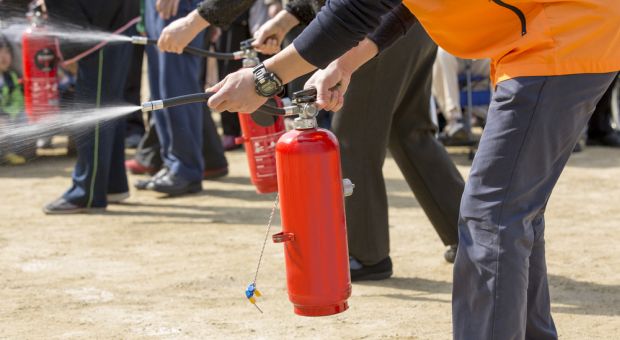
The foam is handy for extinguishing interior fires since it is known to cool the area on which it is sprayed. It produces a thick blanket that deprives the fire of oxygen, leading to successful extinguishing results. When you apply such foam on structures, the construction materials will absorb it, and the foam will remain active for up to sixteen hours. It is also important to mention that fire suppression foams are EPA (Environmental Protection Agency) approved, and they are biodegradable.
You may want to consider such foam as a fire-protection plan since it doesn’t stain or damage the structure, and it also doesn’t kill vegetation. They can be applied using a simple garden hose, or you can buy a system including a pump, an educator, and a hose with various nozzles for an even spread. It is also essential to specify that there is little to no clean-up after using such foam.
An alternative to foams is fire-retardant gels, but they are messy, and it becomes expensive to clean after utilizing them. Even more, the shelf life of gels is limited since they can last up to 5 years, while the foam has a shelf life of more than 20 years.
One crucial aspect that needs to be mentioned is fire-retardant additives and paint when building your house or doing repair/maintenance work. Such materials can be purchased for both interior and exterior use and are highly effective in preventing a house fire from spreading to other parts of the house. These are the current norm in many government facilities and buildings.
The downside of such products is the high cost, which makes them unavailable to the average homeowner.
The pool – your salvation!
The classical swimming pool can help you battle an accidental exterior fire or even a wildfire since it will provide a great water source. Provided you have a pool pump, and you could use it to soak the surfaces of your house and the surrounding area during a wildfire.
You can purchase various kits and attach them to your pool pump to improvise an adequate fire extinguisher device. There are even various DIY projects online teaching you how to make your kit for cheap. However, remember you need electricity for your improvised fire extinguisher to work. You will only be able to use the pump as long as the electricity flows. When it comes to a stop, your best bet would be to have a gas-powered pump, but you can imagine how using it can be problematic during wildfires.
Another alternative to the pool would be to install water tanks on your property. There are various plastic or steel water tanks with a capacity of up to 5,000 gallons, and if the legislation allows it, you should get one. Pair it with your pool pump or get a floating pump, and you can use the water stored in the tanks for various purposes besides extinguishing fires.
A final word
If you live in a woodland area or in an environment/region that is prone to wildfires, you should plan to protect your home from fires as best as you can and as much as your budget allows it. Your fire protection measures should go beyond the smoke alarms and the small fire extinguisher we mentioned at the beginning of this article.
Only those affected by accidental house fires or wildfires know how such a destructive event can change their lives and how hard it is to contain them. The measures depicted in this article will help keep your family safe, so make sure to make a proper assessment of your house and the surrounding areas.


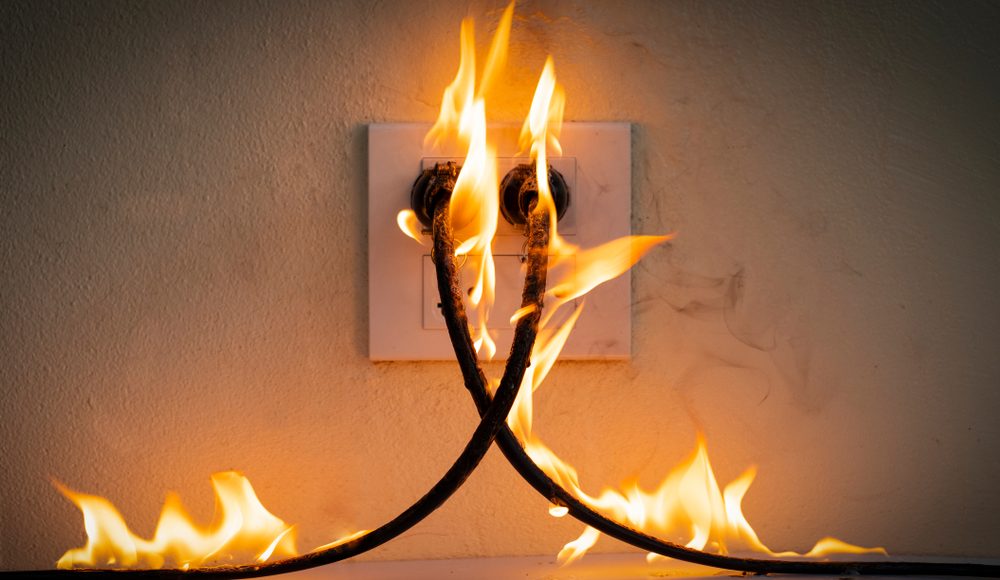
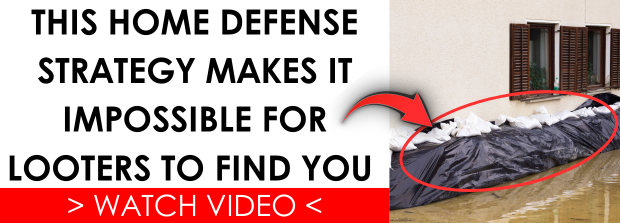


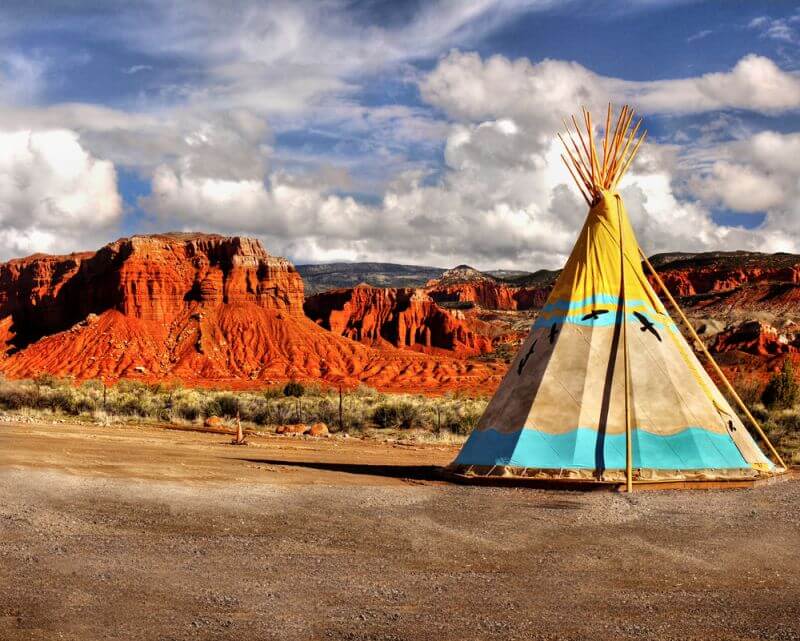
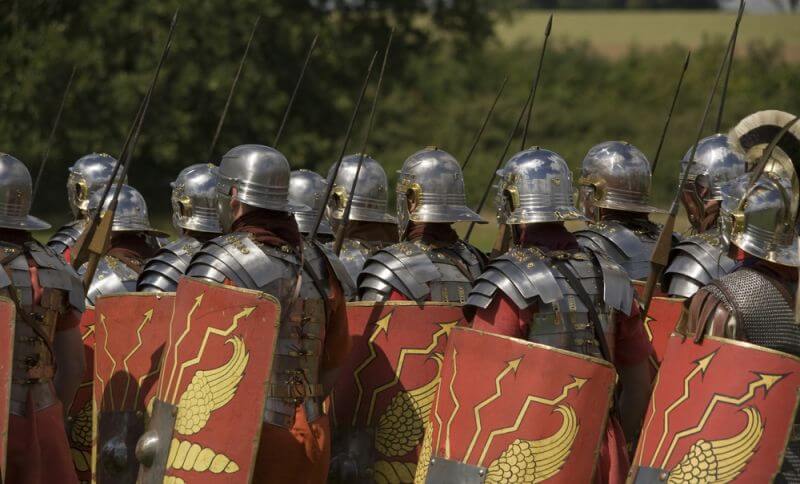
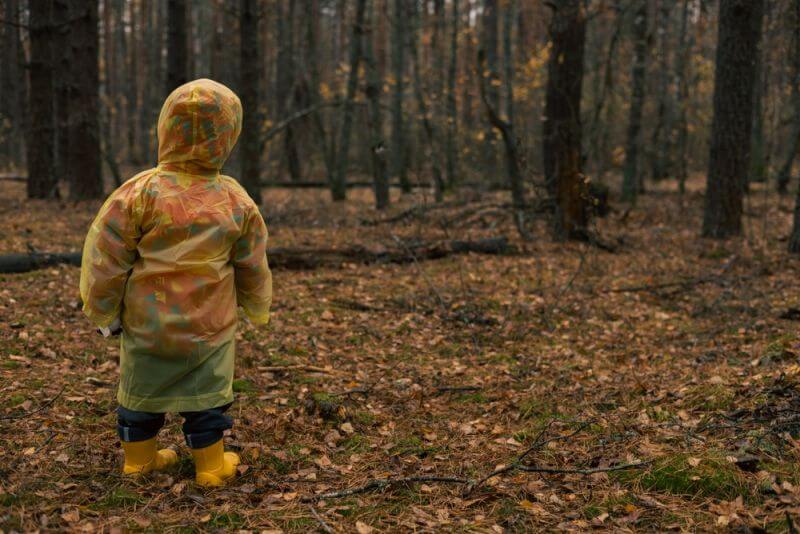

Joginder Singh | April 10, 2021
|
Another major cause of home fires is gas and electric fires, Inspect and repair or replace your appliances if life expired and inspect your gas and electric mains regularly and repair or replace if life expired.
Bill In Idaho | April 10, 2021
|
We are separated from 10,000 Acres of wild sagebrush (dry) by a 1 acre lot on one side and 5 acres on the other side. I watch every day. Range fires in Idaho are common and move along at freeway speeds.